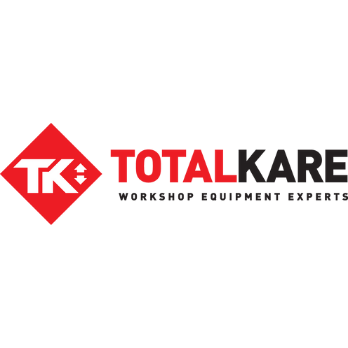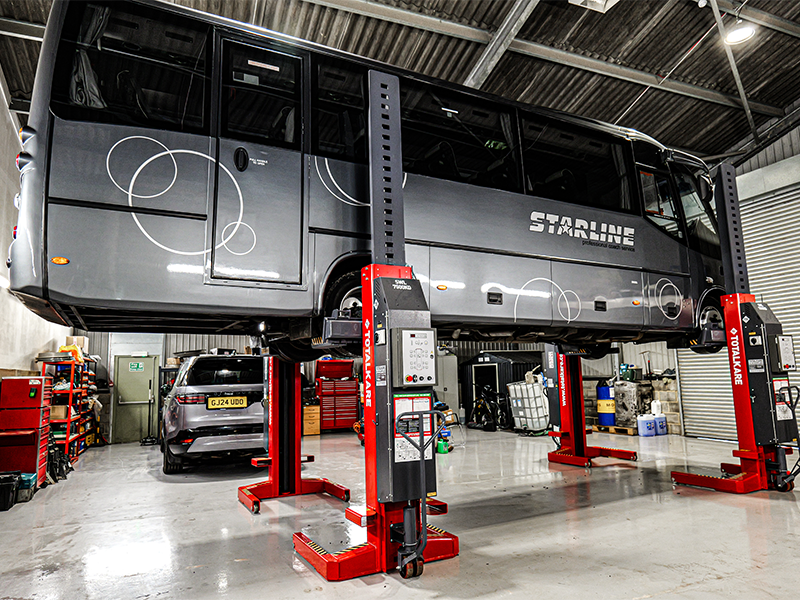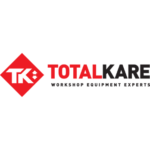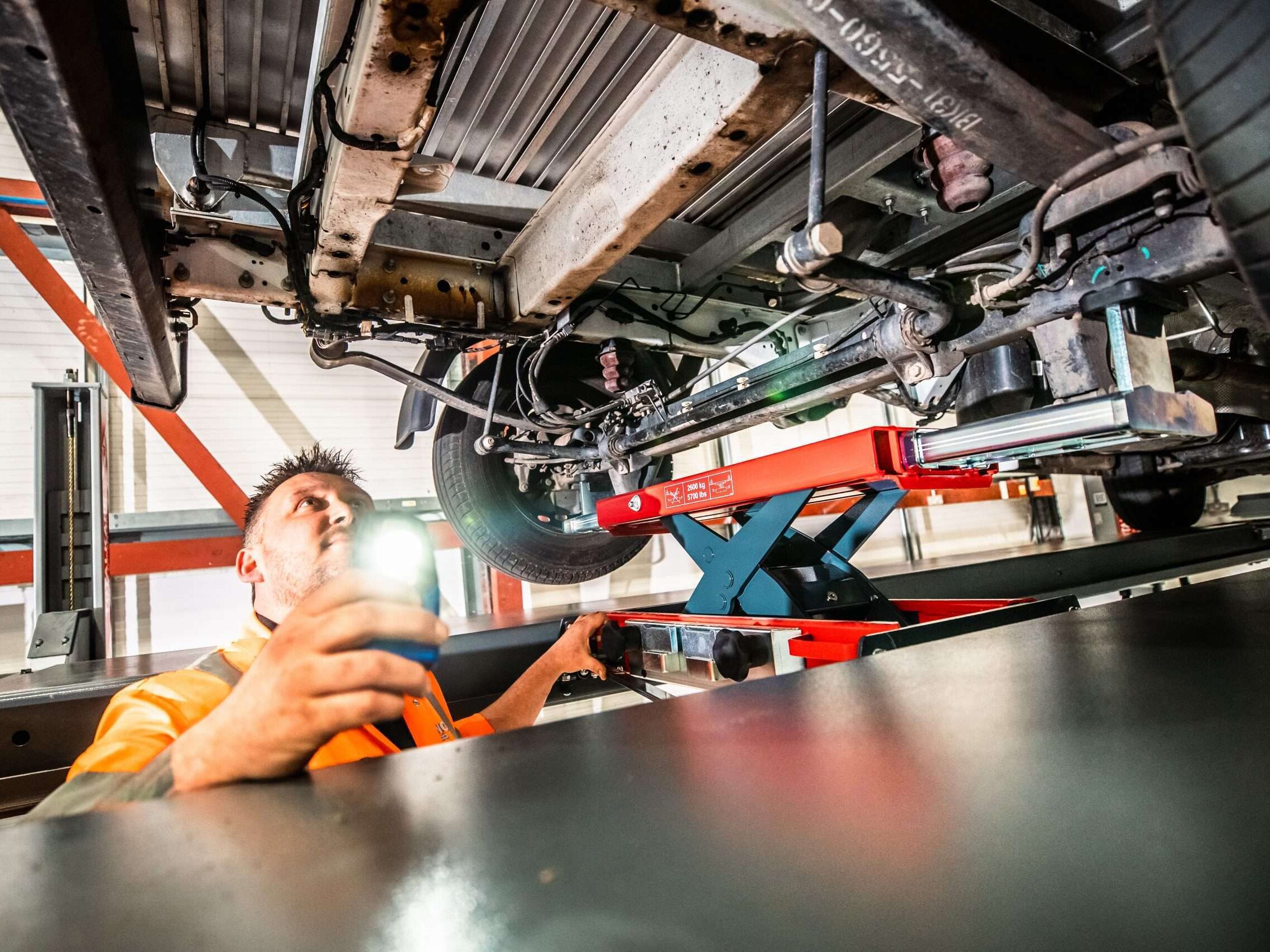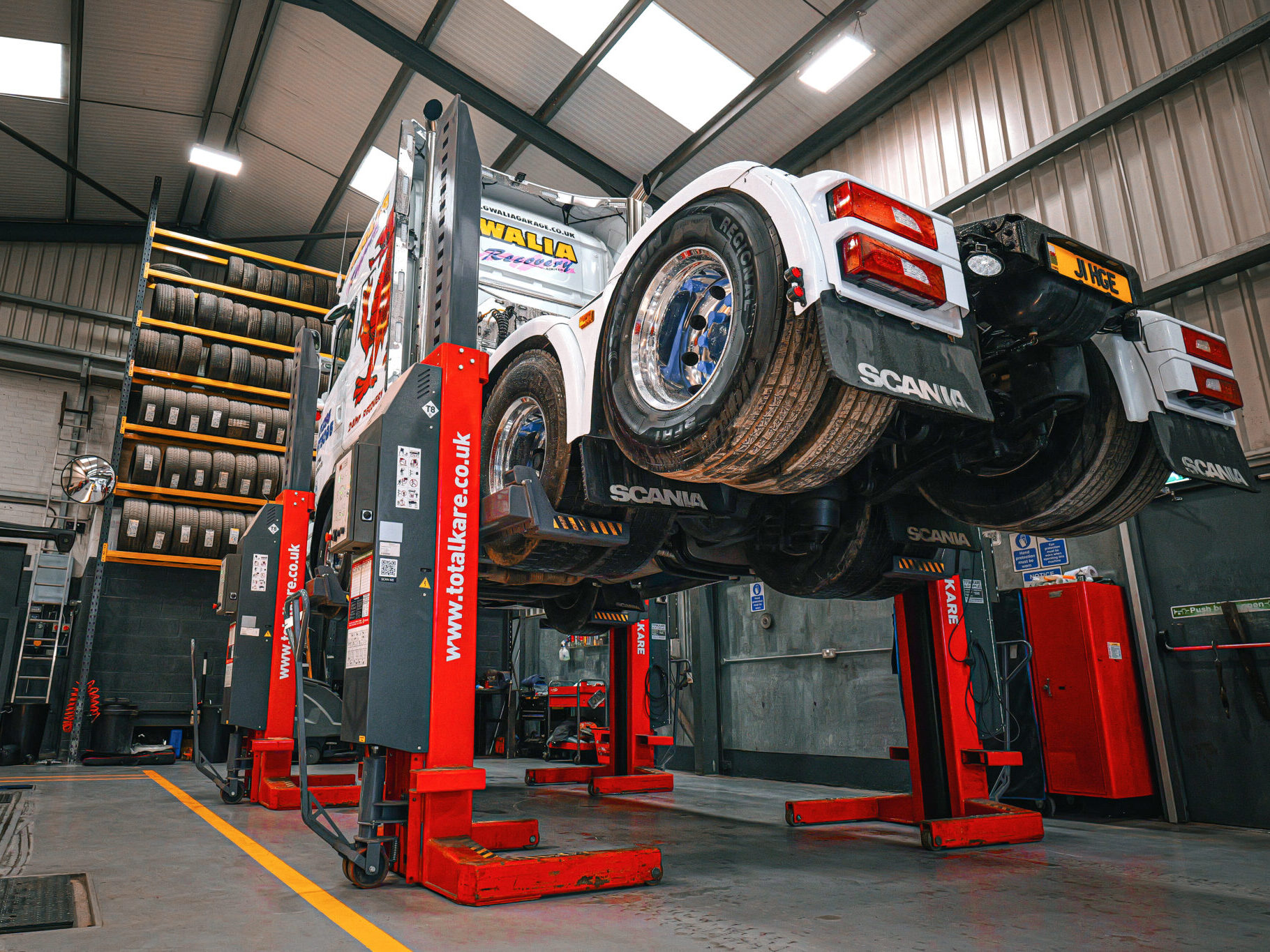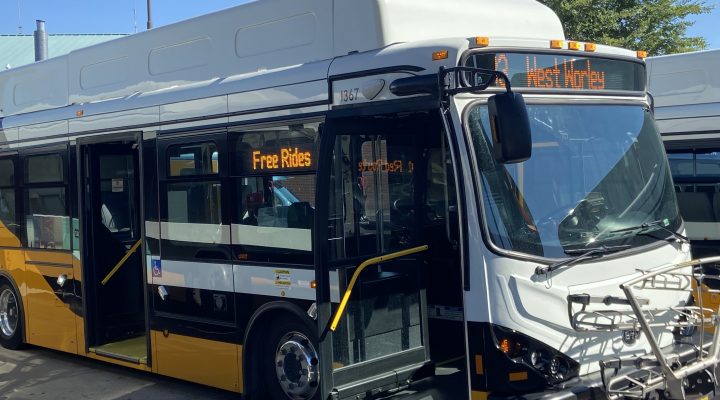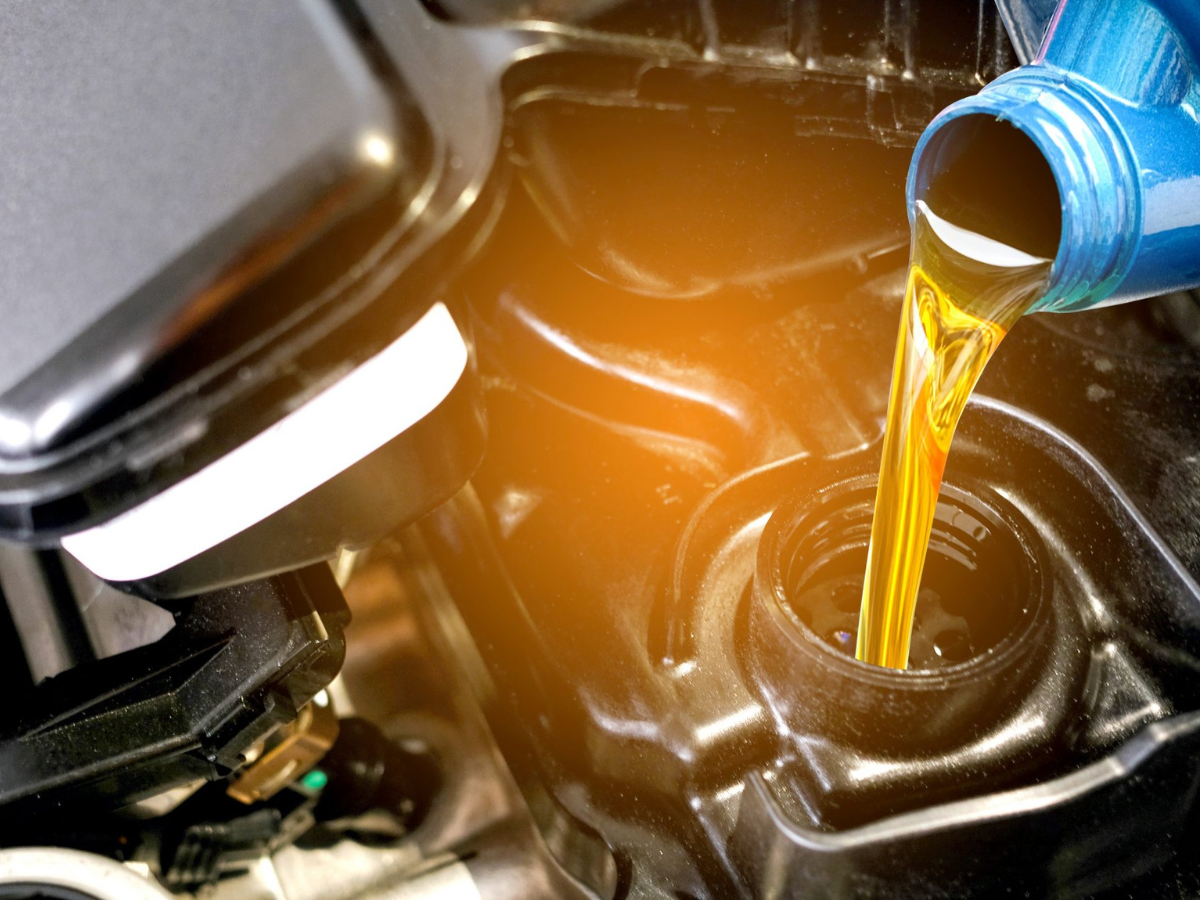There’s no getting around it: If you’re running a fleet or servicing vehicles, your workshop needs its own brake tester.
But if you haven’t been keeping up with the latest tech (or it’s been a while since your last upgrade), you might not be aware of all the advanced features the newest brake testers have.
Here’s a quick rundown of what you’ll find on the best brake testers — and how these premium features can help your business stay productive.
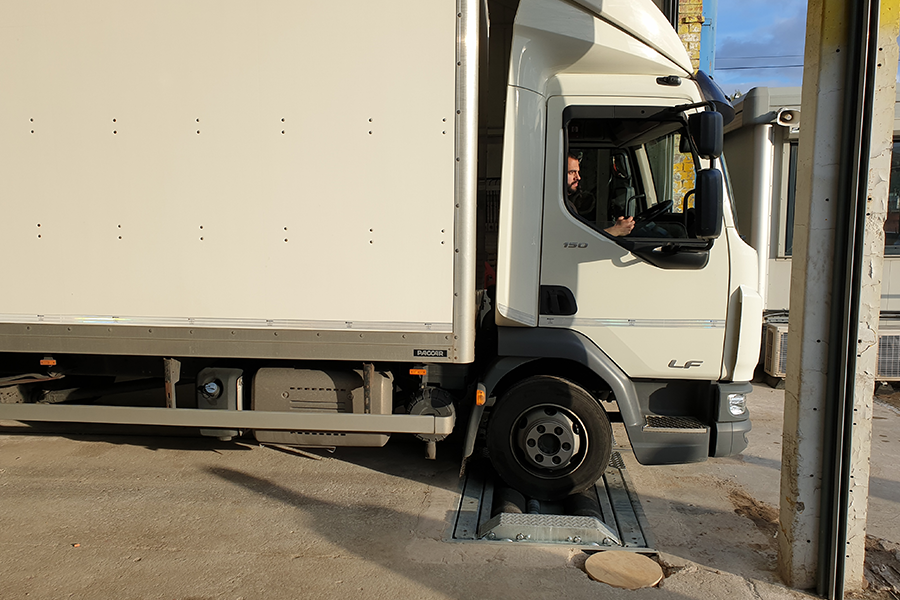
Load Simulations
Brakes are all about forces and weight — the stopping power needed to bring a heavy-duty vehicle to a halt.
But it’s not just about the weight of the vehicle itself. It’s also about the weight of the vehicle’s cargo, and how your brakes perform in a real-world situation with a heavy load on the vehicle.
When you’re out on the road (when the brakes really matter), you need to be sure that your brakes have the power to stop that combined weight and that means your brake testing needs to be able to take that extra load into account.
That’s why our advanced brake testers each come with different options for load simulations. By adding extra forces into the test, you’re able to mimic the realistic weight of a vehicle’s load.
Depending on the type of brake tester you choose, that could mean:
- Axle Load Simulation with a Mobile Brake Tester
- Chassis Load Simulation with an In-Ground Brake Tester installed over a pit
- Dynamic Load Simulation on an In-Ground Brake Tester
- Or Hydraulic Load Simulation that’s built into an In-Ground Brake Tester.
Without the right load simulation as a part of your brake testing, you could end up with inaccurate test results. Once you’re out on the road with a heavy load, you won’t know for sure how your brakes will perform with the weight you’re carrying — and we don’t need to tell you how dangerous that could be.
Shaker Plates
Brake testing is crucial, and the safety benefits should be clear.
But there’s another aspect of wheel safety that’s not so obvious, and it’s something that an advanced brake tester can take into account.
Shaker plates work by sitting under the vehicle’s wheels and moving (or rotating) horizontally. By measuring how the wheel reacts under different conditions and forces, it can help to detect any movement in your wheels and axles — which could be a sign of wear and tear or damage to your joints and suspension system, all as part of your brake testing routine.
No vehicle should be out on the road with damaged or loose fittings (especially a heavy-duty vehicle with cargo). Aside from the risk of components failing completely, a wheel or axle that’s loose can cause drift in the vehicle’s path, which can exhaust your drivers and increase the risk of accidents.
But beyond the safety concerns, there are good financial reasons for investing in a brake tester with shaker plates:
The loose joints and components in your wheels and axles cause excessive motion and grinding. That motion and grinding creates faster wear and tear, which leads to more frequent maintenance and higher repair costs for your vehicles.
But with a shaker plate on your brake tester — like an In-ground Shaker Plate for your inspection pit, or a Mobile Shaker Plate for your Mobile Brake Tester — you’ll get an early warning of any wear and tear, and avoid the cost of extra repairs further down the line.
Play Detectors
A Play Detector is similar to a Shaker Plate. It’s a flat surface that moves the wheel and measures the results.
The main difference is in the installation. While Shaker Plates can be fitted to an inspection pit or a brake tester, a Play Detector can be fitted onto a vehicle lift (or an inspection pit), performing the same important role elsewhere in the workshop.
By attaching a Play Detector to the lift platform of one of our Heavy Duty Four Post Lifts, you can test the reliability of the joints and components in the wheel system while the vehicle is raised in the air.
That means you can perform a test, make adjustments and repairs, and then test again to see the improvement and compare the results — all with the vehicle in one position, and without any lifting or lowering in between.
It comes with a remote-control system (either wireless or wired), allowing your technicians to work alone and complete a full test by themselves — which is a direct boost to your throughput and your workshop’s productivity.
Is Your Brake Testing Up to Scratch?
We’ve come a long way with workshop tech. And our brake testers are no exception.
So if you’re looking for an upgrade that ticks all the boxes — with an all-in-one workstation that lets you test brakes, measure wear and tear, and inspect or lift vehicles all at once — check out our full range of Brake Testers and their add-ons in our online shop.
This article was originally published by Totalkare Ltd.

